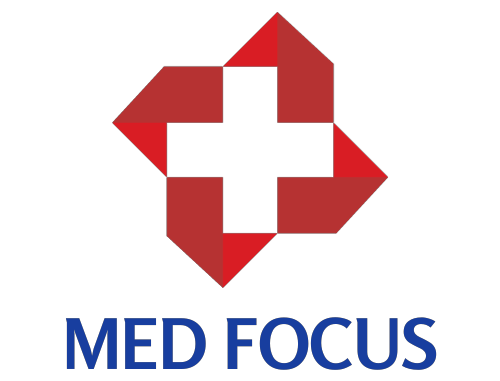Medical education eventually developed into a process that involved four generally recognized stages: premedical, undergraduate, postgraduate, and continuing education. Most U.S. schools require the applicant to take the Medical College Admission Test, which measures aptitude in medically related subjects. Other requirements may include letters of recommendation and a personal interview. There are several patterns in medical education to prove the students’ mettle.

A few patterns are suggested below for your further reference.
Undergraduate Education.
Medical schools usually begin their work with the study of the structure of the body and its formation: anatomy, histology, and embryology. Courses in medical psychology, biostatistics, public health alcoholism, biomedical engineering, emergency medicine problems, and other less traditional courses are becoming more common in the first years of the medical curriculum. During the clinical curriculum, many students have an opportunity to pursue a particular interest of their own or to enlarge their clinical experience by working in a different environment perhaps even in a foreign country—the so-called elective period.
Postgraduate Medical Education
On completion of medical school, the physician usually seeks graduate training and experience in a hospital under the supervision of competent clinicians and other teachers. After the first year physicians usually seek further graduate education and training to qualify themselves as specialists or to fulfill requirements for a higher academic degree. Physicians seeking special postgraduate degrees are sometimes called fellows.

Continuing Education
The process by which physicians keep themselves up-to-date is called continuing education. It consists of courses and training opportunities for the duration period designed to enable physicians to learn recent developments within their special areas of concern. In the United States, the Accreditation Council for Continuing Medical Education was formed in 1985, and some certifying boards of medical specialties have stringent requirements for continuing education.

Scientific and International Aspects
Medical education has a dual role of passing on to students what is known and of attacking what is still unknown. Medicine cannot wisely be separated from the biological sciences, and it continues to gain immensely from chemistry, physics, mathematics, and psychology, as well as from modern technology. The social sciences contribute by making physicians aware of the need for better distribution of medical care. Contact with teachers and the advancing knowledge in other faculties also may have a corollary effect in advancing medicine.

Good medical education resembles evolution in that it advances by ensuring the advancement of the fittest, including the fittest of the current generation of medical students just as the fittest of previous generations have succeeded in the past.
Kindly visit themedfocus.com for additional advice and recommendations about attending medical school. If you're seeking a trustworthy internet source, please check out the whole medical school package at the URL below.
https://themedfocus.com/products/the-complete-med-school-bundle

